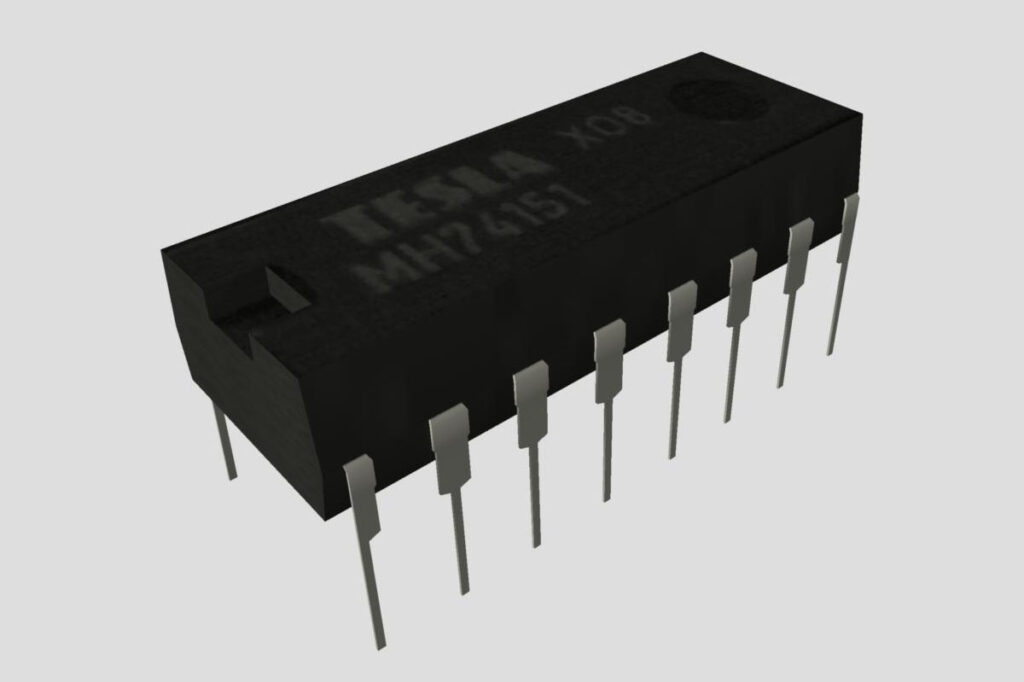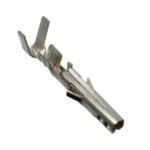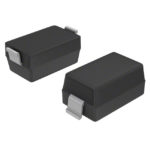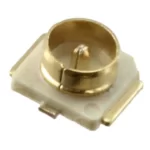Programming The ATMEGA128A-AU: A Beginner’s Guide

Are you interested in learning to program the ATMEGA128A-AU? This microcontroller is popular for creating a wide range of applications from home automation to robotics. Programming the ATMEGA128A-AU is a great way to get started in the world of embedded systems and microcontroller programming. In this beginner’s guide, we will provide you with all the information you need to get started. We will cover topics such as the basics of programming, setting up the development environment, and compiling and running your code. This guide is ideal for anyone who is new to programming the ATMEGA128A-AU and wants to get up and running quickly. So, let’s get started and learn how to program the ATMEGA128A-AU!
Understanding the Basics of Programming
When we talk about programming, we are referring to writing a sequence of instructions for a computer to execute. Programming is a fundamental component of using computers, and it is a skill that anyone interested in computer science or engineering should have. However, programming is a skill that is often misunderstood. People often think that programming is only for software engineers, when in reality almost every engineer will at some point have to write code. In fact, many engineers will spend most of their time writing code. The type of code they write will vary depending on their field of engineering. There are many different programming languages, each of which has its own set of conventions that are used to write code. The language used is typically specific to the device you are programming. The ATMEGA128A-AU is programmed using the Arduino programming language. The Arduino programming language is a type of C++ programming language that is used for general purpose programming. There are also libraries available for the ATMEGA128A-AU that allow you to simplify certain tasks. Libraries are helpful as they provide pre-written code that you can easily use in your project.
Setting Up the Development Environment
Before you can start programming the ATMEGA128A-AU, you need to set up the Arduino development environment. This is where you will write your code and upload it to the microcontroller. Before setting up the development environment, make sure you have all the necessary hardware and software. If you are using a Mac, then you will need to install a few additional software packages. If you are using a Windows PC, then you will only need to install a few drivers. If you are using a Linux computer, then you will need to perform a few more steps. To get started, you will need to install the Arduino IDE. The Arduino IDE is where you will write your code, compile it, and then upload it to the ATMEGA128A-AU. The Arduino IDE is available for Mac, Windows, and Linux computers. Make sure you download the version that is compatible with your computer. If you are using a Mac, then you will also need to install a driver. To do this, open the Arduino IDE, click Preferences, select the Additional Boards Manager URLs option, and then add the following URL: https://raw.githubusercontent.com/jloibrand/ Arduino-Board-Install/master/Mac/ Once you have installed the IDE and any required drivers, you should also setup an account on the Arduino website. This will allow you to share your code with others and it will also be a useful resource for learning. The Arduino website has a wide range of beginner and advanced level tutorials that will be a huge help when starting out.
Programming the ATMEGA128A-AU
Once you have set up the development environment, you can write and compile your code. You will need to write code for two main parts of your project. The first part of your code will be a setup function. The setup function is where you will define everything that is required for the ATMEGA128A-AU to start running. This will typically include initializing variables, setting up the clock, and configuring the I/O pins. The second part of your code will be a loop function. The loop function is where you will write the code that will run continuously until the ATMEGA128A-AU is switched off. This code will be executed repeatedly and should be written carefully as you don’t want it to halt or crash the microcontroller. You can write your code in any text editor that you would typically use to write code. Once you have written the code, you then need to compile it. You can do this by clicking the “Upload” button in the Arduino IDE. Alternatively, you can click the “Upload” button that is located on the toolbar. Once you have compiled and uploaded your code, the ATMEGA128A-AU will start running. You can monitor the progress of your code by looking at the console. This is the section of the Arduino IDE where information about the code is displayed.
Configuring the ATMEGA128A-AU
Now that you have written your code, it is time to configure the ATMEGA128A-AU. As you are writing code for a microcontroller, you need to configure the microcontroller before you can run the code. This can be done by connecting the microcontroller to your computer using a USB cable. The ATMEGA128A-AU will appear as a new drive, called “ATMEGA128A-AU”, on your computer. You can then open the “ATMEGA128A-AU” drive. Once you are in the drive, you can click on the “Debug” folder. Once you have clicked on the “Debug” folder, you will see a file called “Debug Configurations”. Open the “Debug Configurations” file, and you will see a file called “Atmega128A-AU as Debugger”. Click on the “Atmega128A-AU as Debugger” file, and you will be able to configure the microcontroller. To configure the microcontroller, you need to add a new board and select the ATMEGA128A-AU board. You can also set the baud rate, select the serial port, and set the pin to debug. It is also worth noting that when you are configuring the ATMEGA128A-AU, you will lose the ability to upload code to the microcontroller. This is because you need to select “Debug” instead of “Upload”.
Compiling and Running Your Code
Now that you have written your code and configured the ATMEGA128A-AU, you can begin running your code. You can do this by clicking “Run” and selecting “Debug”. This will open the code that you wrote in the Arduino IDE. Once the code opens, the ATMEGA128A-AU will start running the code. You can then monitor the progress of the code by looking at the console. You can also use the “Debug” section of the Arduino IDE to monitor the progress of the code. You can see the values of the variables, view the outputs, and see if there are any errors in the code. This can be very helpful when debugging your code.
Debugging Your Program
Debugging your code is an essential part of programming, and it is something that you will have to do every now and then. Debugging your code simply means trying to find and fix any errors in your code. This can be done by monitoring the output of your code. You can do this by clicking on the “Debug” section of the Arduino IDE. This will open the console where you can see the values of the variables and the outputs of your code. If you notice any errors in your code, you can then try to fix them. You can also use the “Watch” section of the Arduino IDE to watch specific variables. This can be helpful if you want to monitor the progress of a certain value. If you want to know more about debugging your code, you can also read online articles and tutorials about debugging.
ATMEGA128A-AU Projects
Now that you have learned how to program the ATMEGA128A-AU, it’s time to put your new skills to the test. First, you will need to choose the type of project you want to work on. There are many different types of projects that you can work on, and they all have different complexities. For example, you could work on a simple sensor project or a project that uses an Arduino WiFi shield. Once you have decided on the type of project you want to work on, you then need to decide on the features of the project. This will help you stay focused and it will help you stay on


